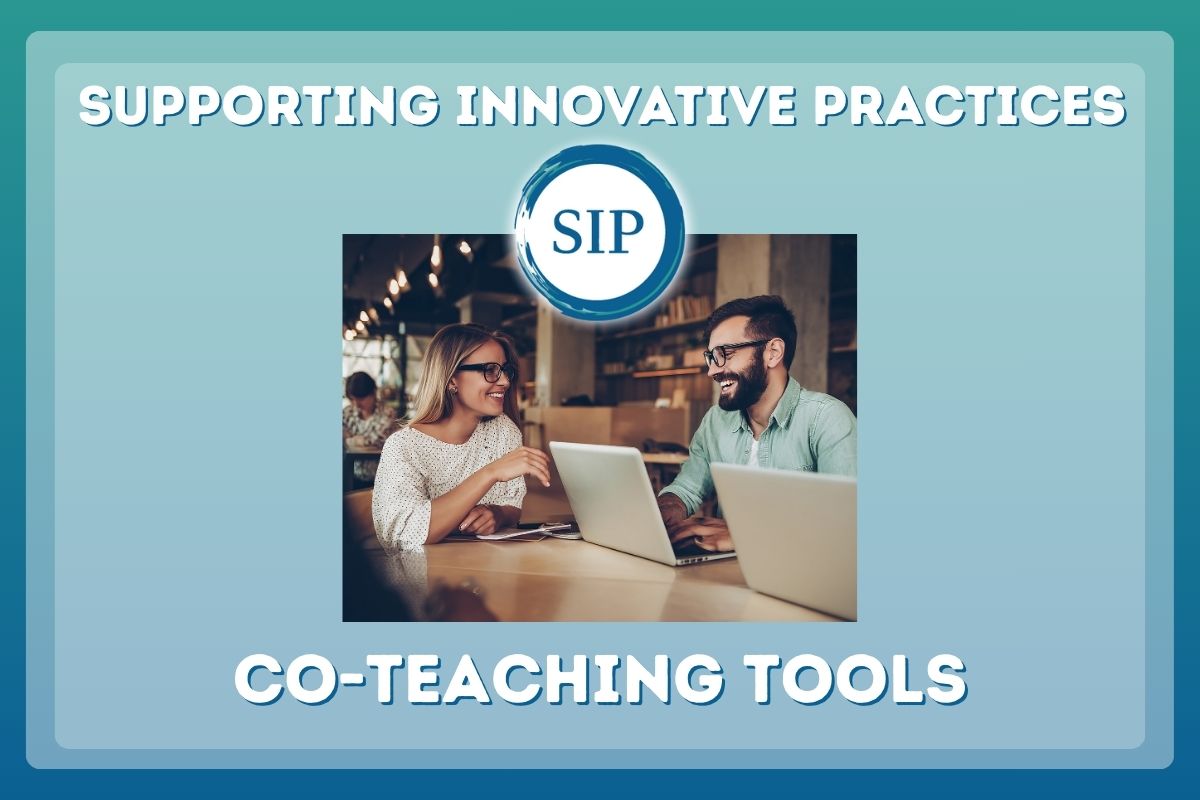Co-Teaching Tools
Overview
This collection of printable tools help educators and families build inclusive classrooms where every learner can succeed. With clear explanations of six co-teaching models, practical tips for implementation, and family-friendly guidance, these tools make co-teaching easier to understand and put into practice. Together, they strengthen school-family partnerships and support equitable outcomes for all students.
To get to the full SIP Collection, click here.
Printable Tools
Co-Teaching Reference Guide
The SIP Co-Teaching Reference Guide is a practical resource that defines co-teaching, outlines what it is and is not, and highlights its benefits for students with and without disabilities. It describes six research-based co-teaching models—such as team teaching, parallel teaching, and station teaching—providing clarity on how they can be implemented effectively. The guide also includes considerations for successful implementation, including leadership, data use, professional development, and scheduling. To get to the full SIP Collection, click here.
SIP Co-Teaching Reference Guide for Parents/Caregivers
The SIP Co-Teaching Reference Guide for Parents & Caregivers is a family-friendly resource that explains what co-teaching is and how it supports students in inclusive classrooms. It highlights the benefits for all learners, including improved academic performance, stronger self-advocacy, and greater access to the general education curriculum with individualized support. The guide outlines six co-teaching models—such as station teaching, parallel teaching, and team teaching—so families understand how instruction may look in practice. It also includes FAQs to address common parent concerns about teacher roles, pacing, ...
SIP FAQ
The SIP Co-Teaching FAQ is a practical guide that answers common questions about co-teaching, covering its benefits, effective practices, and who can serve as co-teachers. It provides strategies for co-planning, communication with colleagues and families, and balancing workloads. This document also explains different co-teaching models and when to use them, offering educators clear guidance on fostering inclusive and collaborative classrooms. To get to the full SIP Collection, click here.
